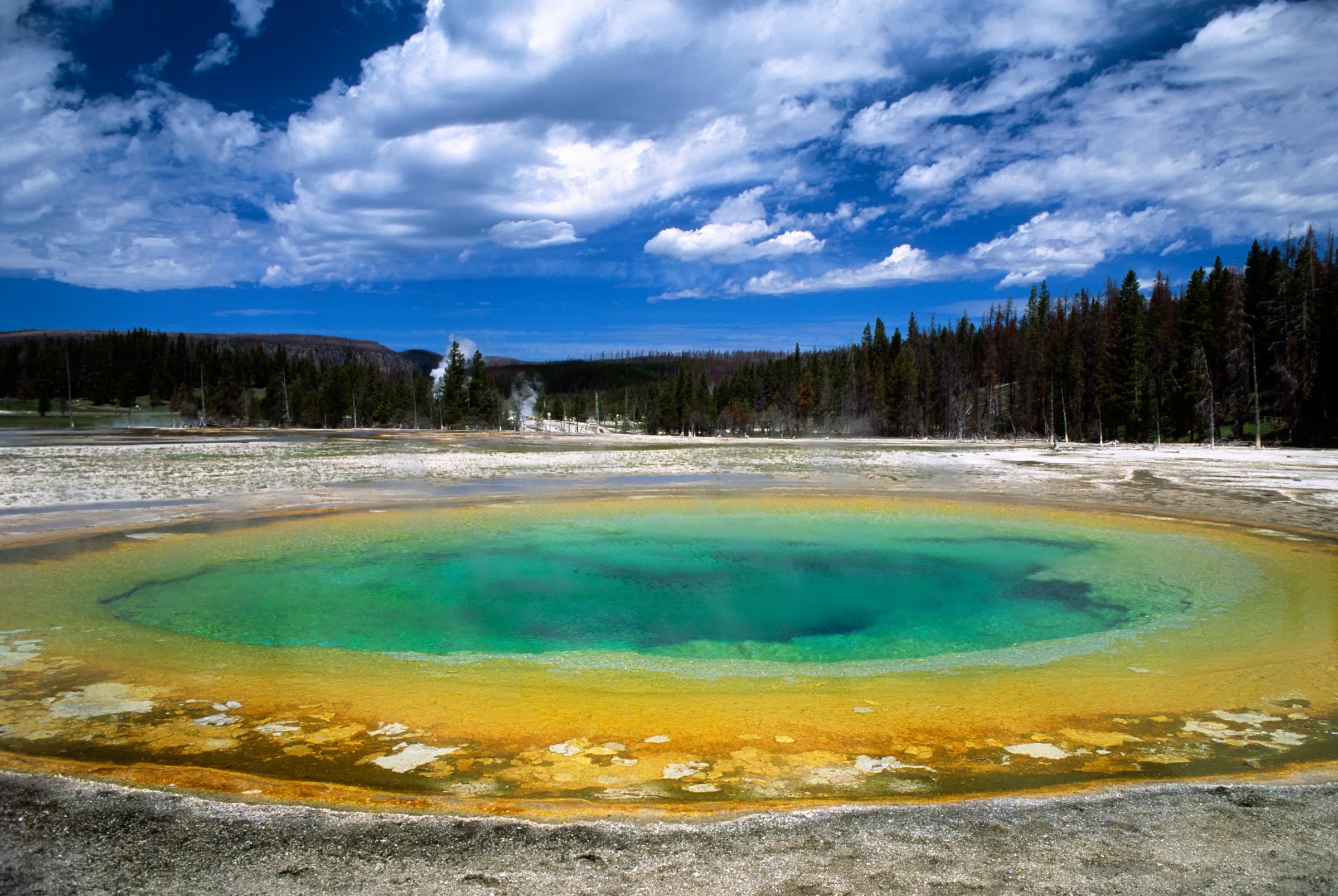
Researchers have discovered a previously unknown chamber of magma underneath Yellowstone’s supervolcano. That chamber contains 11,200 cubic miles of magma, which, in addition to the already-known 2,500 cubic miles in an upper chamber, means the combined amount could fill the Grand Canyon nearly 14 times.
The University of Utah has produced the first 3D image of the underground expanse, giving greater insight to how the hotspot works, Smithsonion reports. It has been erupting for 17 million years, most recently some 640,000 years ago. Most of the magma is hot, solid rock, not molten rock, and the risk of a new eruption has not increased with this discovery. Scientists say we would likely have fair warning before another eruption in the form of earthquakes, higher ground temperatures, or other indicators of volcanic activity.
Read next: The Problem with U.S. Wildlife Protection Efforts
More Must-Reads from TIME
- Introducing the 2024 TIME100 Next
- The Reinvention of J.D. Vance
- How to Survive Election Season Without Losing Your Mind
- Welcome to the Golden Age of Scams
- Did the Pandemic Break Our Brains?
- The Many Lives of Jack Antonoff
- 33 True Crime Documentaries That Shaped the Genre
- Why Gut Health Issues Are More Common in Women
Contact us at letters@time.com